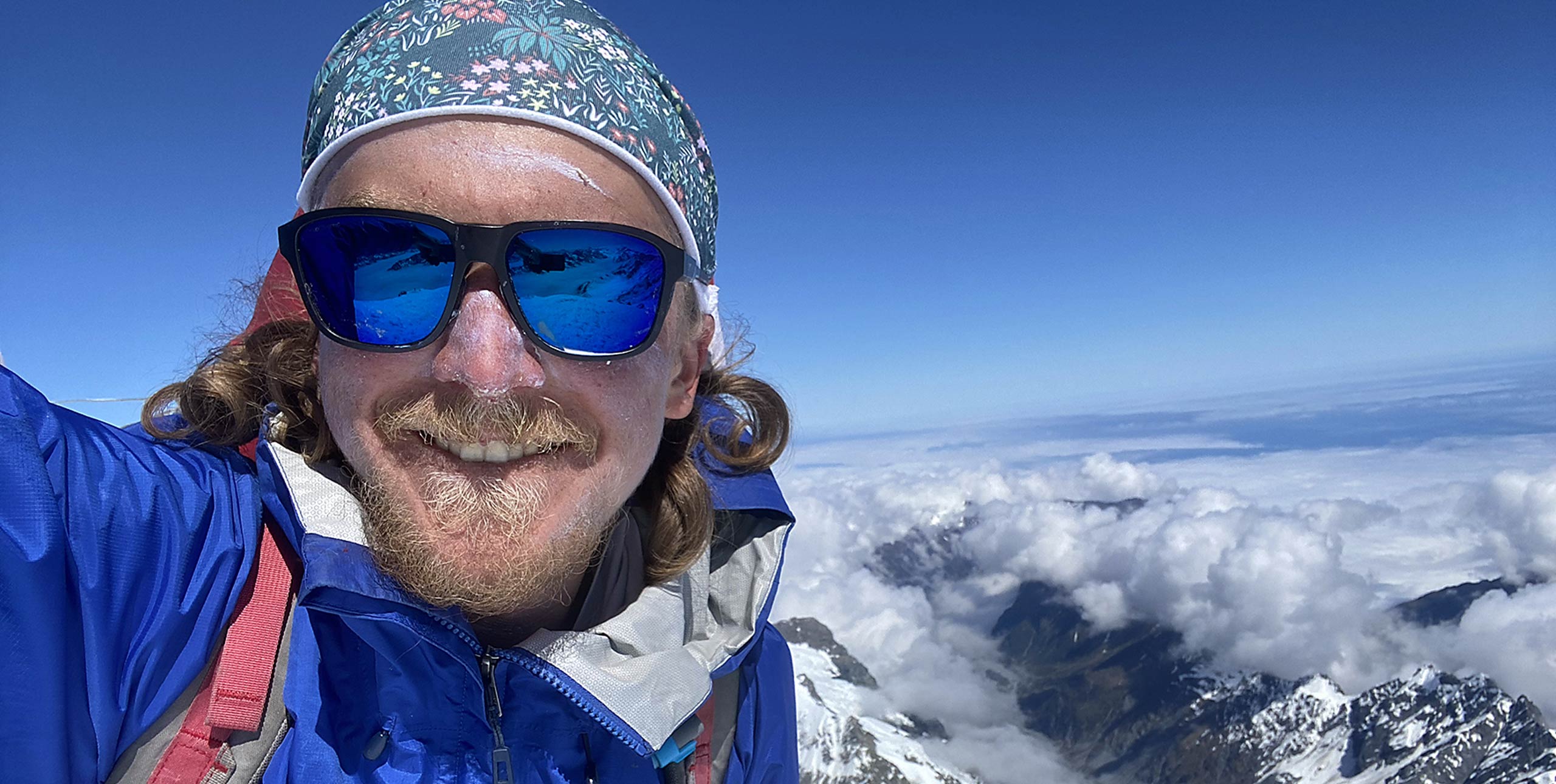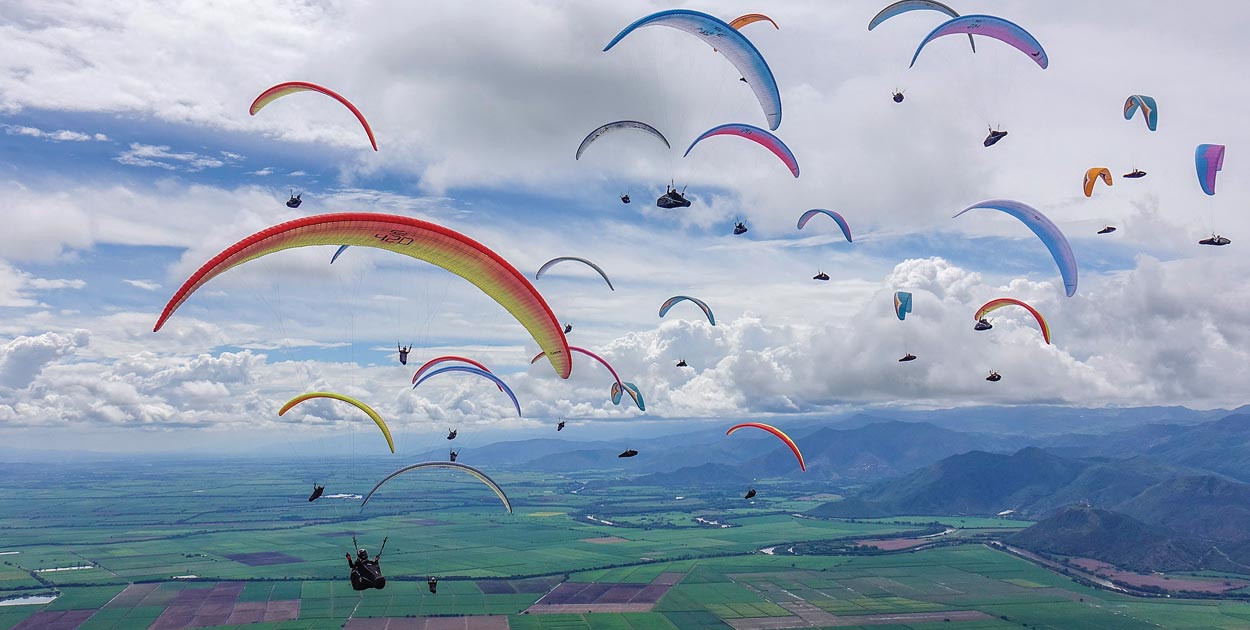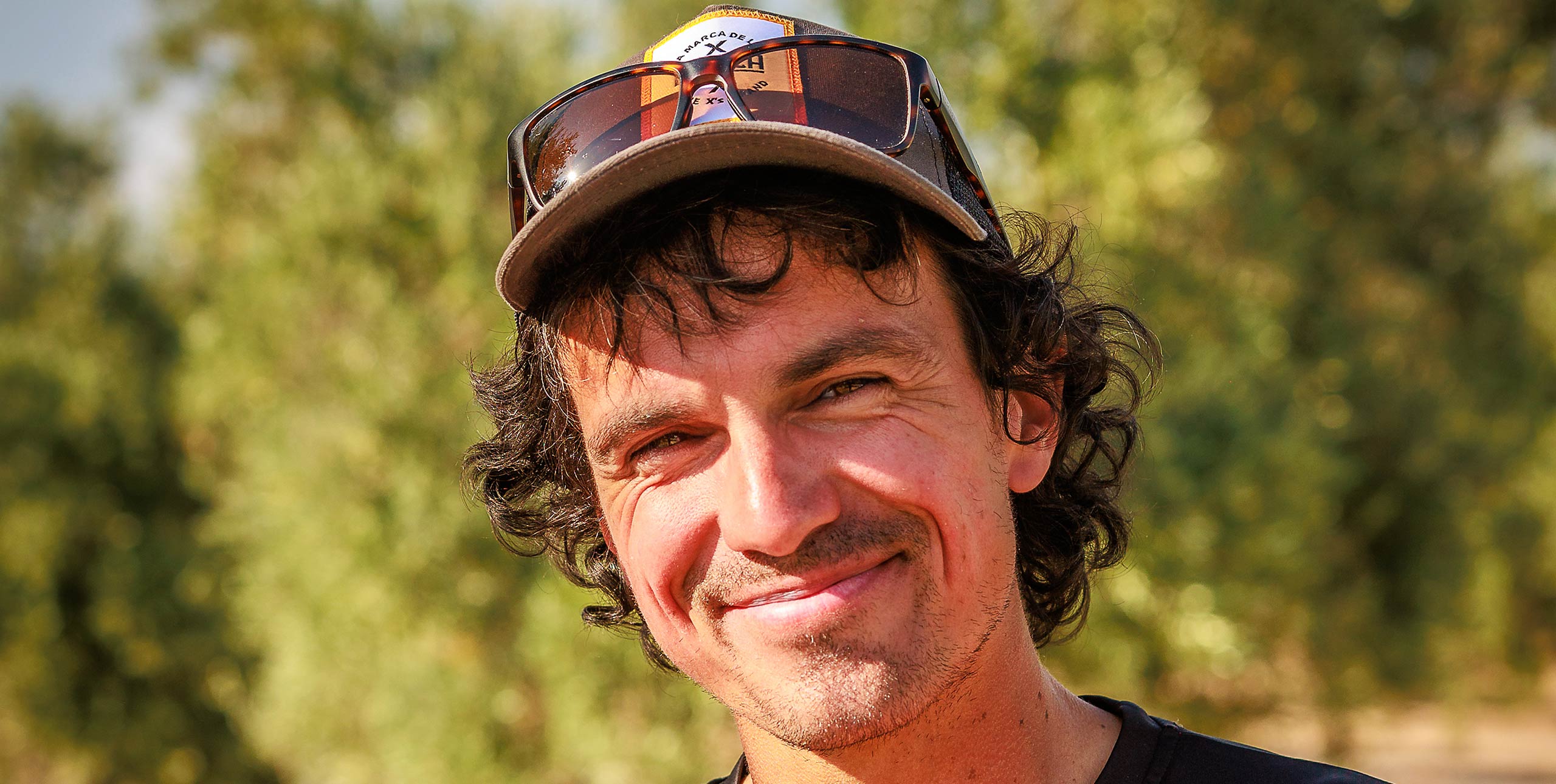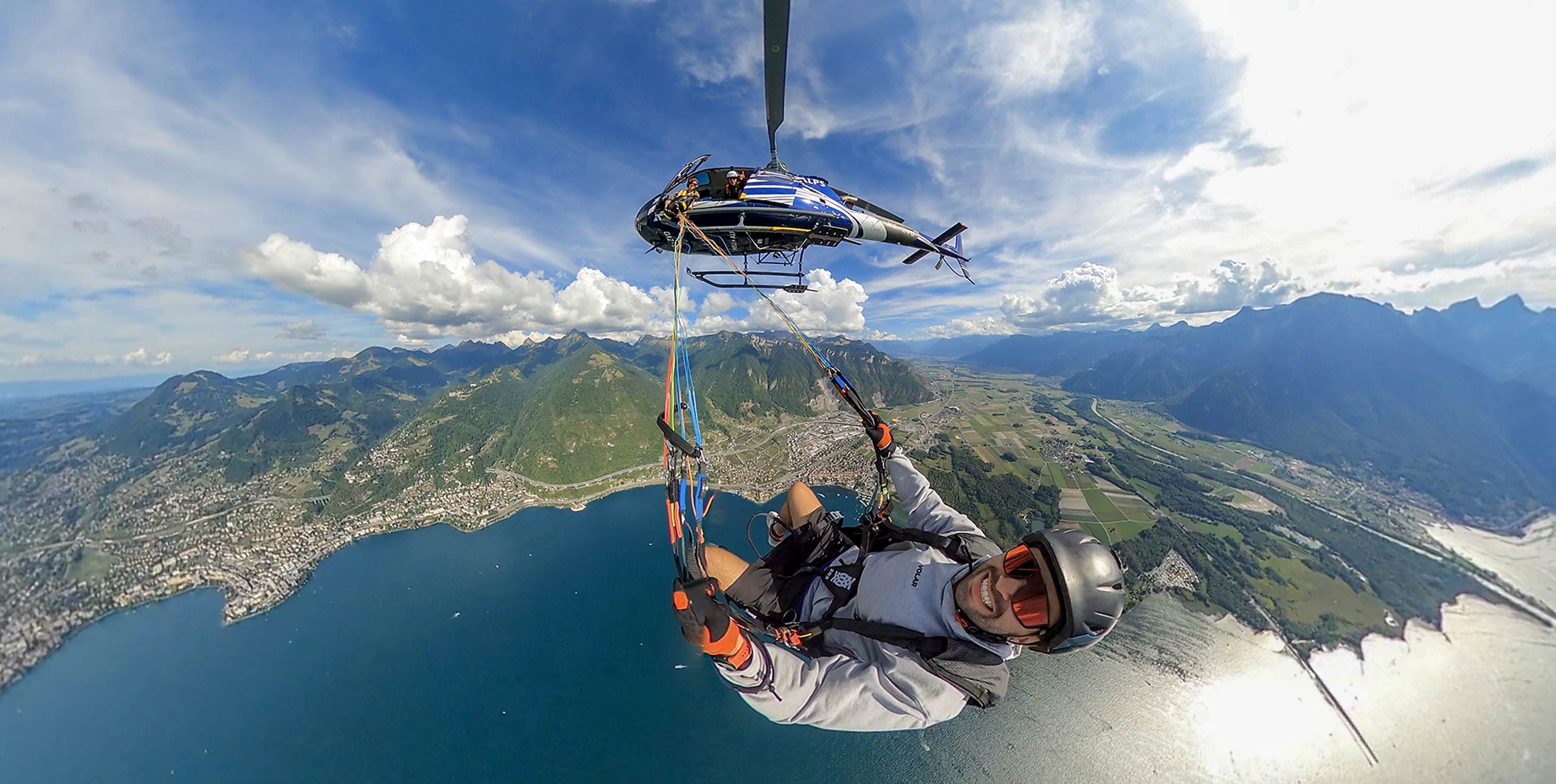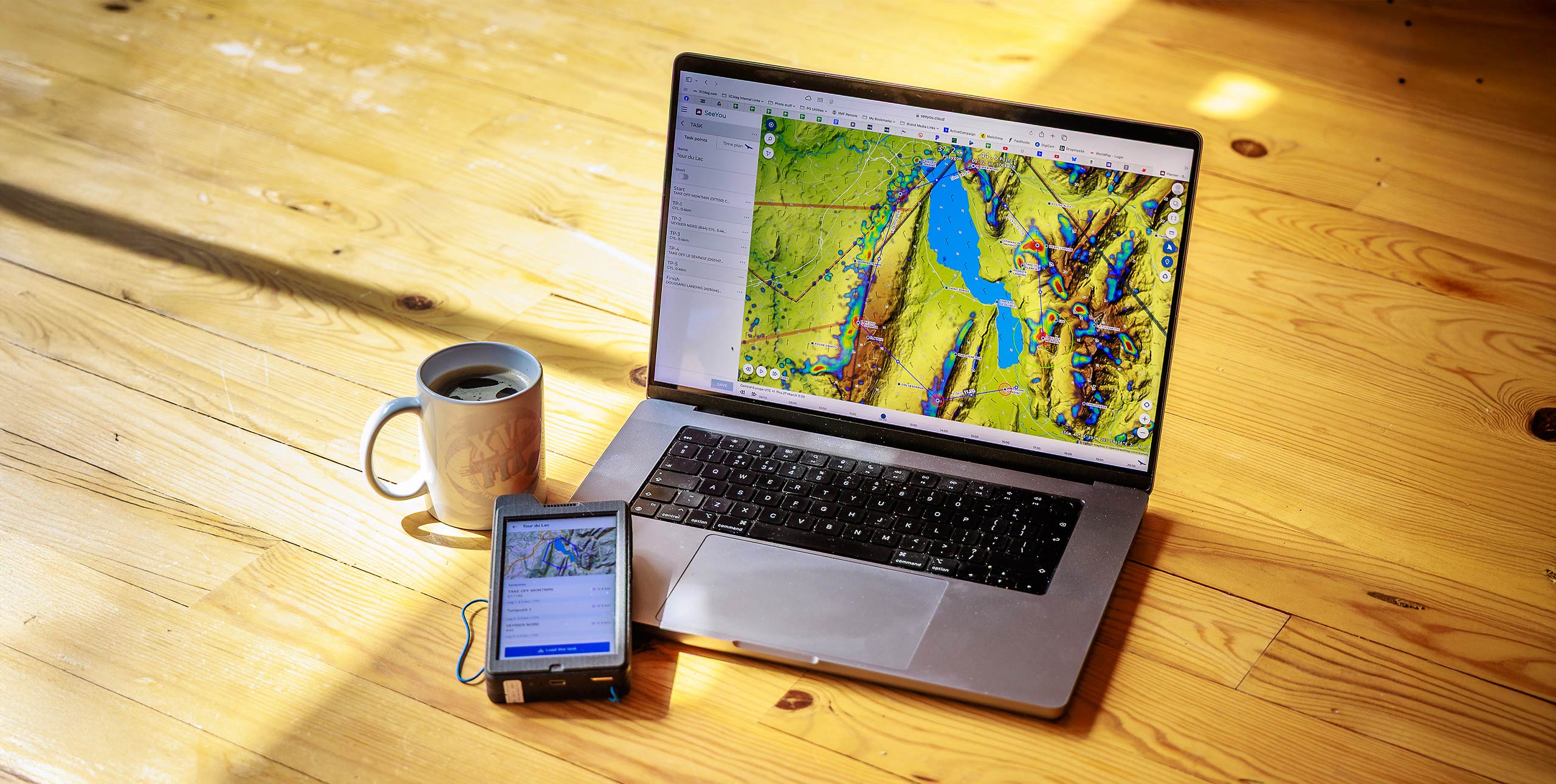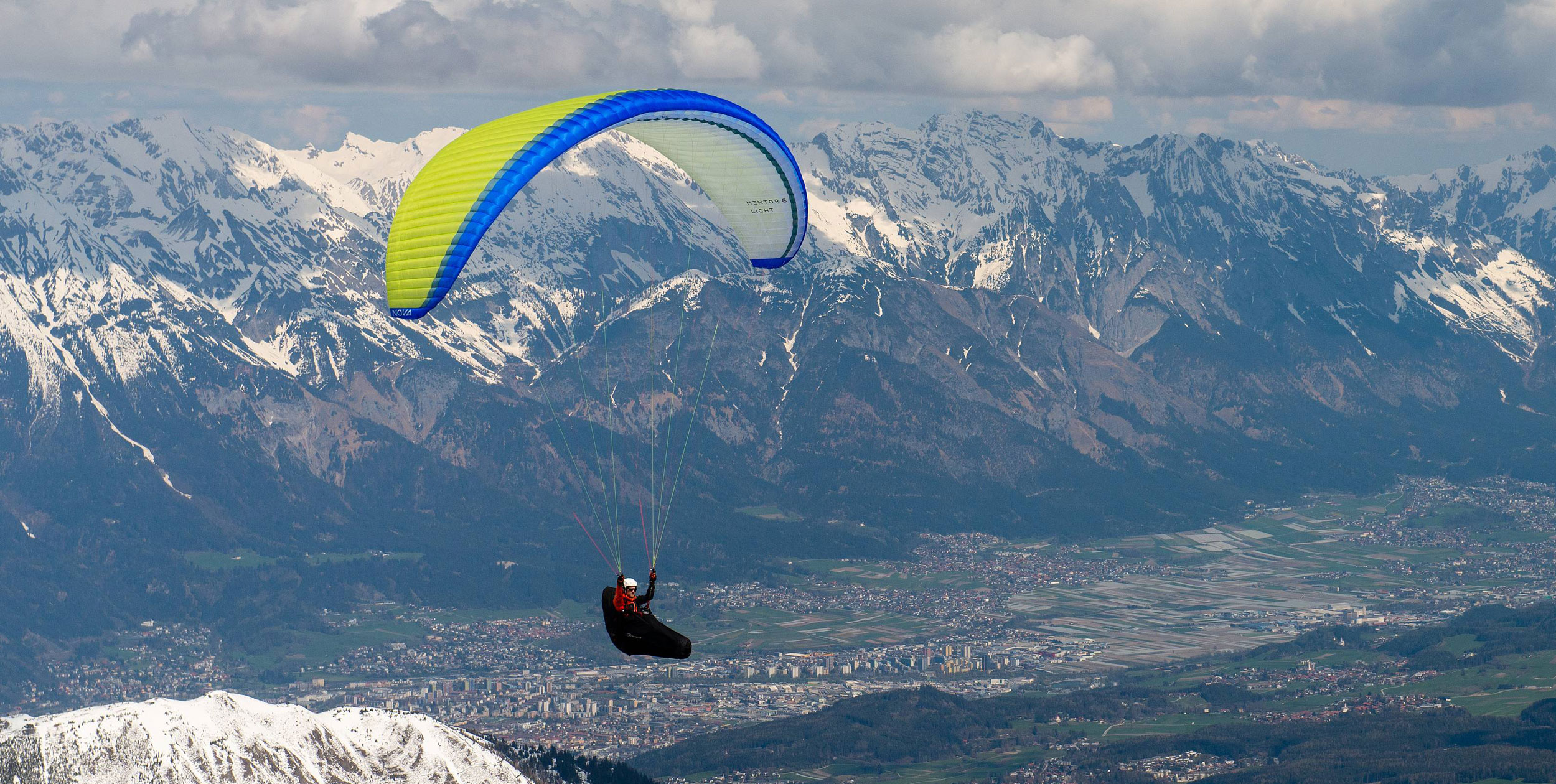
Mental Coaching: Preparation Pays
10 February, 2024, by Antti JoensuuRegardless of ambitions – competitions, XC, or just evening flying locally – a polished preparation routine will help you get the most out of getting back into the air after a layoff, says Nova Team pilot Antti Joensuu
1. Have a mission
Write down your mission as a pilot and set goals for the season ahead, and for every flight. Writing down your long-term mission statement and then sticking rigorously to it sets boundaries for your risk tolerance.
If your mission is to, “Push as hard as you can, no matter what it takes” you are likely to fly a hot wing over unlandable terrain, completely exhausted. Wise or not, the risk is calculated.
My own mission is, “To be able to fly as long as possible, enjoying every step of the journey, not missing any of them but taking baby steps all the way.” That makes me maybe more risk averse than many of my fellow pilots.
I’m hitting yet another season with a set of standard class wings (Phantom, Mentor 5 and Mentor 6) while my friends are going for it with Enzos, Booms and Zenos. Because I’m in no hurry on my journey, I will likely be landing early (again) on big days if things get too rowdy for my taste.
That being said, I have set a goal to be among the top five in our national open class. Going slow doesn’t mean dreaming small.
I noticed last year that on the days I had no set goal, I couldn’t make any distance even on a decent XC day. And after reaching my goals I bombed out almost immediately, sometimes voluntarily but mostly just falling from the sky like a rock. So over winter this year I downloaded plenty of pretty ambitious routes and a tonne of waypoints onto my Oudie so that I will have a certain goal set as a preliminary task, but it is totally flexible, and I can adjust it while flying.
Of course, not all of us are after flights of hundreds of kilometres, but even small goals keep us sharp and thorough. The goal can simply be something like, “Make a perfect launch, try big ears and spot-land.” Make your goal accessible and doable but hard enough to make you work for it. That makes you not only a safer pilot but also gives you the pleasure of achieving it.
2. Be active and fit
When the going gets tough, the tough get going. OK, this sounds almost like some self-help mantra but it has a seed of truth in it. One key element in my work as a psychotherapist helping pilots get back into the air after an accident or a close call is physical exercise. This also works really well preemptively.
Our bodies work quite inefficiently when it comes to feelings. Feelings like fear or anxiousness are not caused directly by sensory input. Seeing your wing collapse and disappear doesn’t make you anxious through a conscious process. It is your bodily reactions like tense muscles and changes in blood pressure and breathing that are caused automatically by your sensory inputs without too much interference of the cerebral cortex, and looping back to brain that make your brain think: “A-ha, looks like my body is tense, I must be stressed out.”
So, by learning to recognise and manage your bodily sensations – first of all breathing – you will be much better prepared. Not only for those long flights, but also those sudden encounters when the air decides to teach you a lesson.
It is way safer to help teach your body and brain to cope with stressful and unpleasant situations and regulate the brain’s interpretation of those mishaps while mountain biking or trail running than on the edge of a 9m/s thermal.
3. Keep your gear in good condition
Get your wing trimmed and checked. This might sound like an obvious thing to do but amazingly many pilots find out the hard way that their wing is out of tune or lines are broken. Even if I’m biased to say this as a Nova Team pilot, I really love to have a quick response, transparent reporting and “walk the extra mile” attitude from our HQ. I like the fact that when I get the wing back from the factory well before the season starts, I have no worries about it.
The same goes of course with other equipment: get your reserve packed, instruments updated and check the radio batteries after a long hibernation. It only takes half a day to get everything sorted out, but it really pays off on the first big day.
Antti Joensuu is a psychotherapist, climber and pilot based in Finland. He is a Nova Team pilot and flies EN B+


